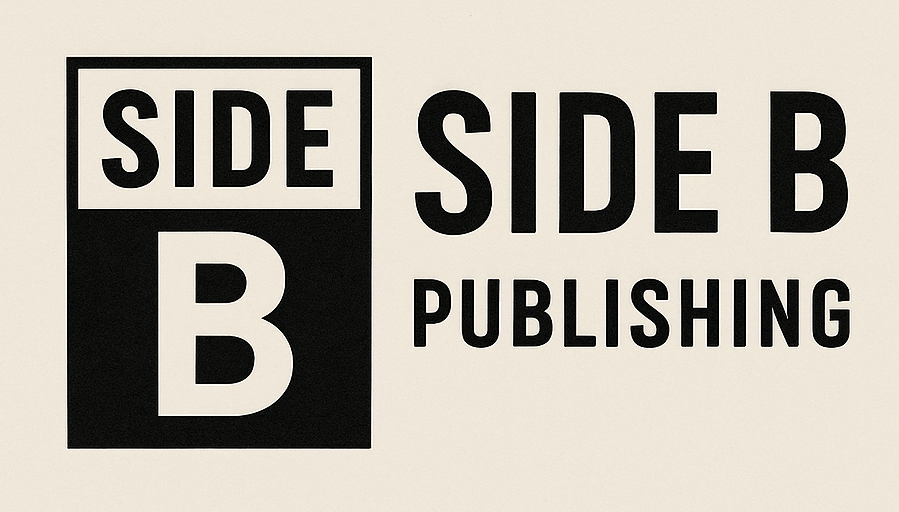Why Adjusting to Hearing Aids Takes Time (And Why It’s Worth Every Step)
One of the biggest misunderstandings about hearing aids is that you’ll put them in and everything will sound perfect immediately. In reality, it’s more like learning to use a new tool, paired with training your brain to recognize sounds again.
When you first start using hearing aids, you may notice:
🔹 Everyday sounds, like the hum of the fridge or the rustle of paper, feel loud or sharp.
🔹 Your own voice may sound different (often called the “occlusion effect”).
🔹 You may feel tired from processing new levels of sound.
This adjustment period is normal, and it’s a sign your brain is waking up to sounds it hasn’t processed clearly in a while. Just like wearing new glasses can take getting used to, your hearing aids need time—and so do you.
In The Hearing Aid Handbook, I encourage new users to:
✅ Start slowly, wearing your aids for short periods in quiet environments.
✅ Practice in different situations—around the house, on walks, in small gatherings.
✅ Keep a journal to note what sounds are improving and what challenges you face.
✅ Communicate with your provider for adjustments.
The reward for sticking with it? Clearer conversations, less strain when listening, and a stronger connection to the people and moments that matter most.
Hearing aids are not just medical devices. They are tools for reclaiming moments with family, confidence in noisy environments, and joy in everyday living.
If The Hearing Aid Handbook has been helpful for you, would you consider leaving a review on Amazon? Your story can help others feel less alone as they start this journey.
And I invite you to like Side B Publishing on Facebook for ongoing encouragement, resources, and updates that support your journey toward living fully with hearing aids.
You deserve to hear your life again, one step at a time.
